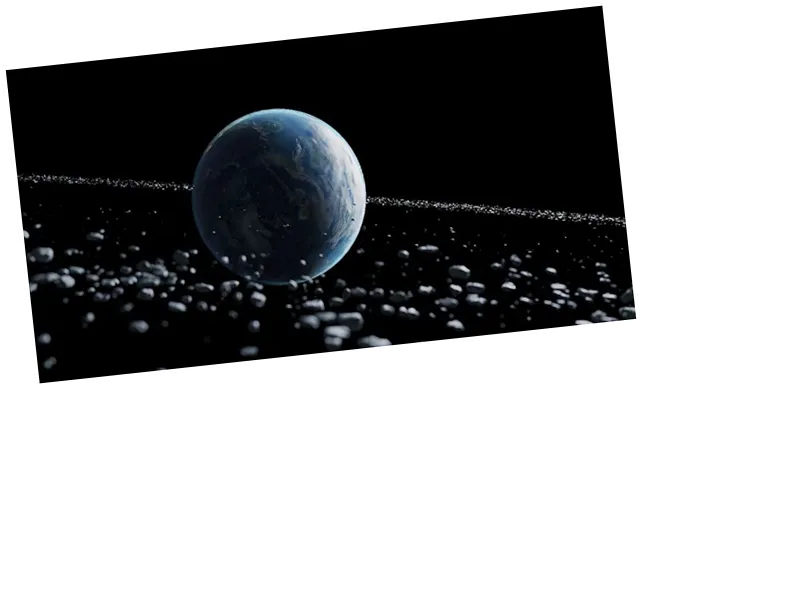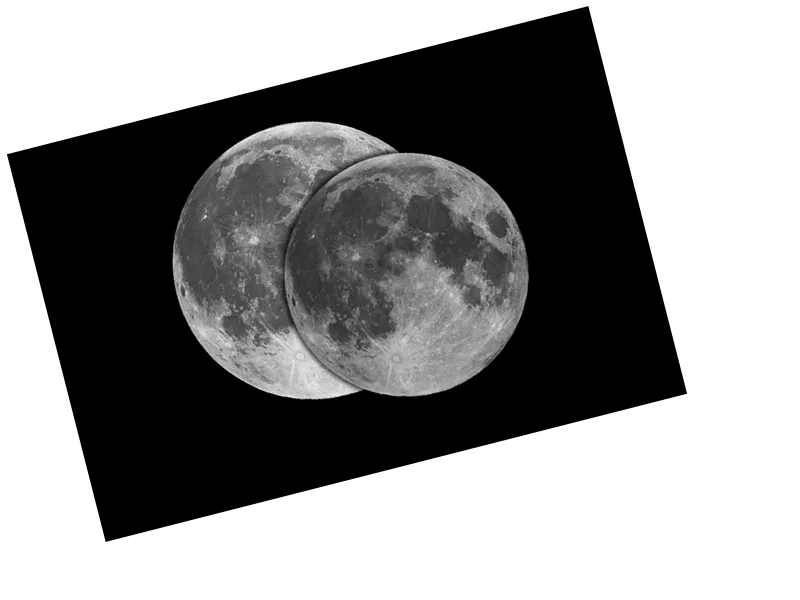Earth May Have Once Had a Ring System Influencing Climate
A groundbreaking study from Monash University in Melbourne reveals that Earth may have once been surrounded by a ring system, similar to those of Saturn and other gas giants. This theory, published in the journal Earth and Planetary Science Letters, suggests that approximately 466 million years ago, a large asteroid was captured by Earth's gravity, leading to the formation of a ring of debris and dust around the planet.
According to researcher Andy Tomkins, the evidence for this ancient ring is supported by the discovery of numerous meteorites found in 21 craters, all dating back to the Ordovician period, between 485 and 445 million years ago. Tomkins notes, "Over the course of millions of years, ring materials gradually fell to Earth," leading to a significant cluster of meteorite impacts observed in geological records. These impacts were notably concentrated within 30 degrees of latitude from the equator, a pattern that suggests the ring's influence on meteorite distribution.
The study also proposes that the ring system may have played a role in the global cooling experienced during the Hirnantian Ice Age. The shadow cast by the ring could have blocked sunlight, contributing to a colder climate. Tomkins emphasizes, "The idea that a ring system could have influenced global temperatures adds a new level of complexity to our understanding of how extraterrestrial events may have affected Earth's climate."
Future Research and Implications
While this theory opens up new avenues of inquiry, it also raises questions about the potential for ring systems around Earth at other times in history and their possible influence on the emergence of life. Tomkins and his team are now focused on developing numerical models to simulate the asteroid's entry into Earth's orbit, its fragmentation, and the subsequent fall of debris. This research aims to clarify the ring's shape and its relationship with the extreme climatic conditions of the time.
Looking ahead, the prospect of a new ring system forming around Earth is not entirely out of the question, albeit for less natural reasons. Future rings could potentially consist of space debris accumulating in Earth’s orbit, posing unique challenges for planetary scientists and environmentalists alike.






